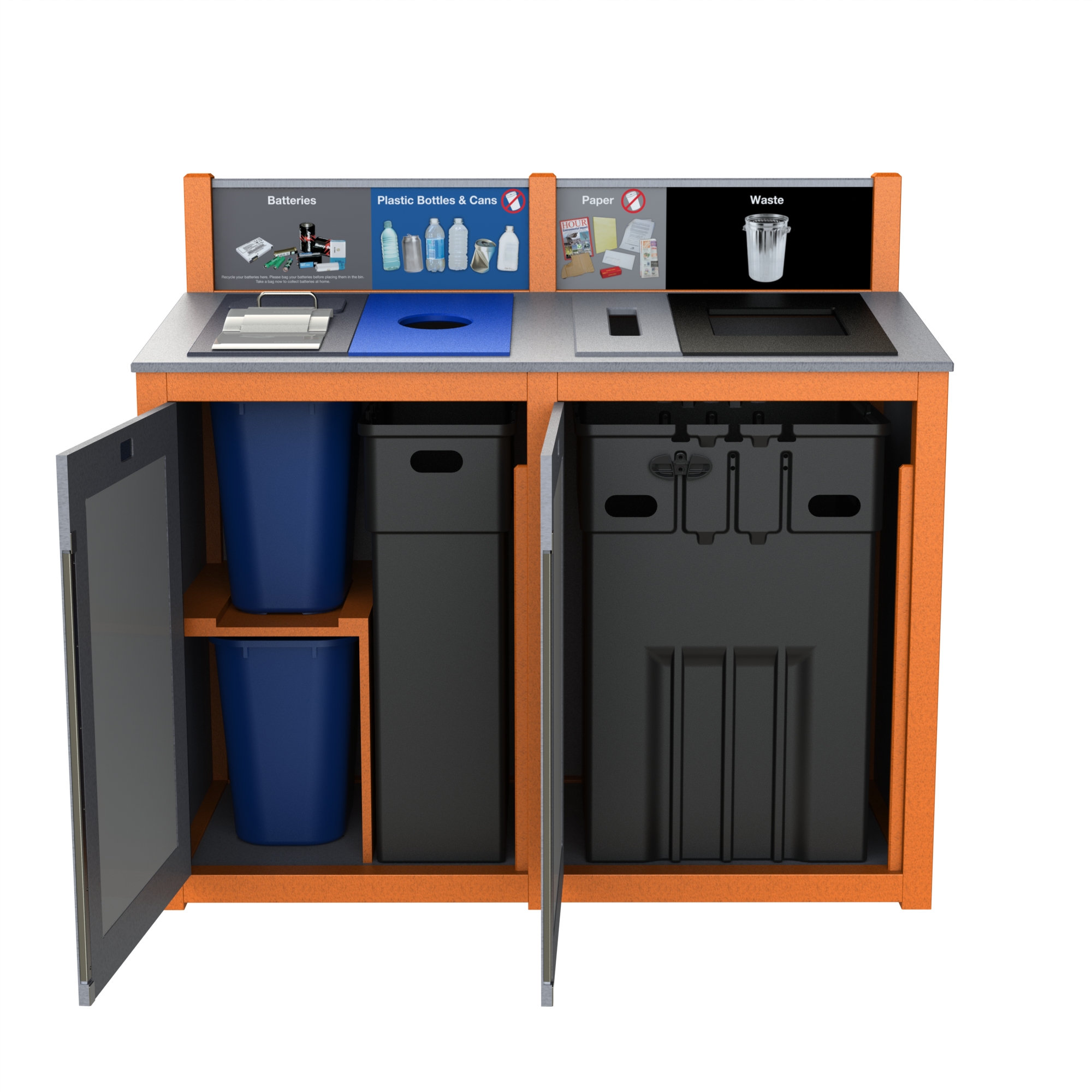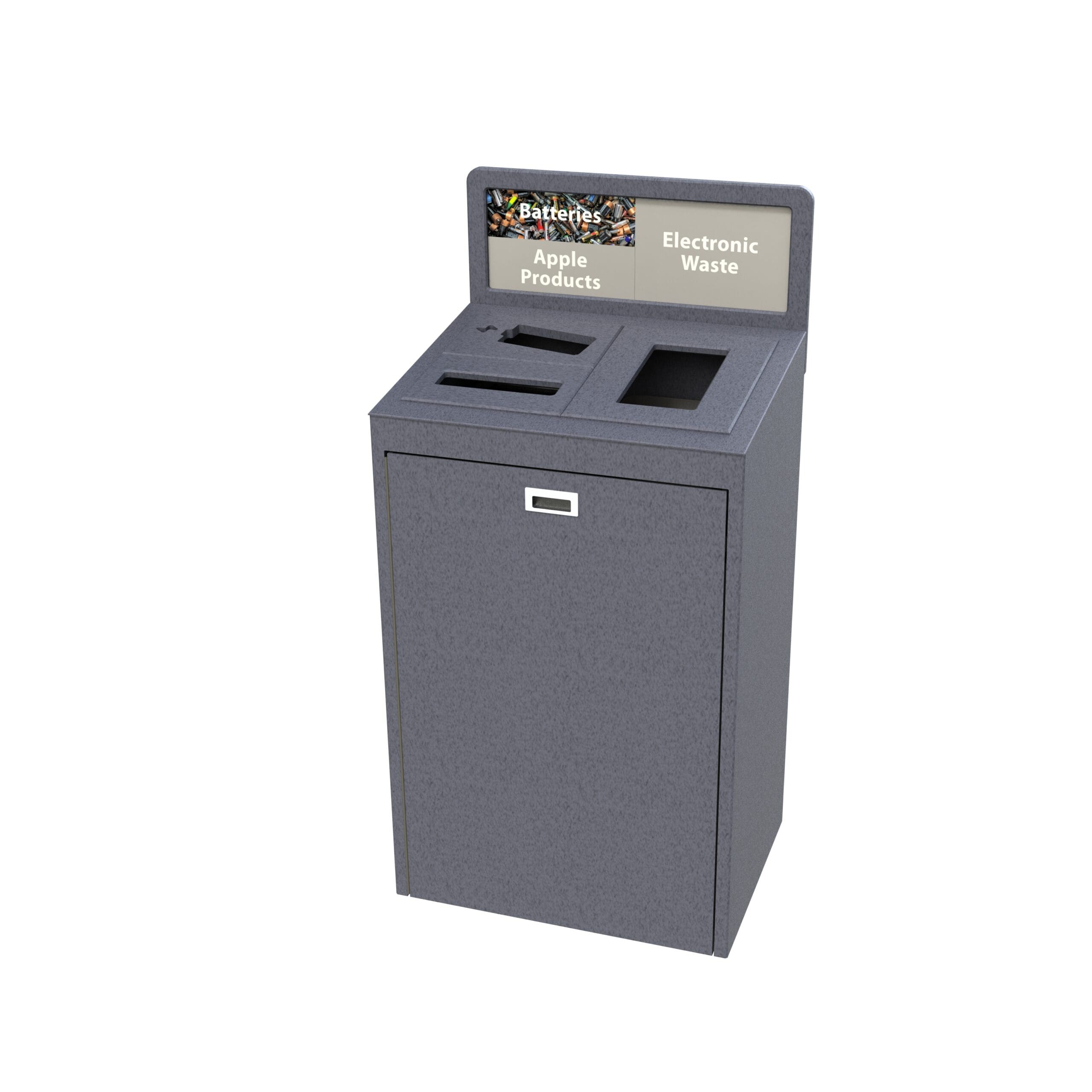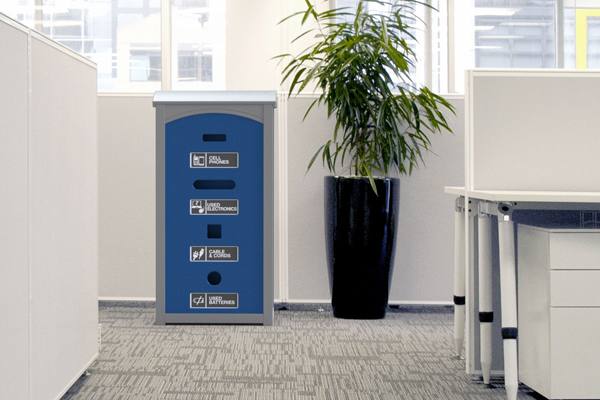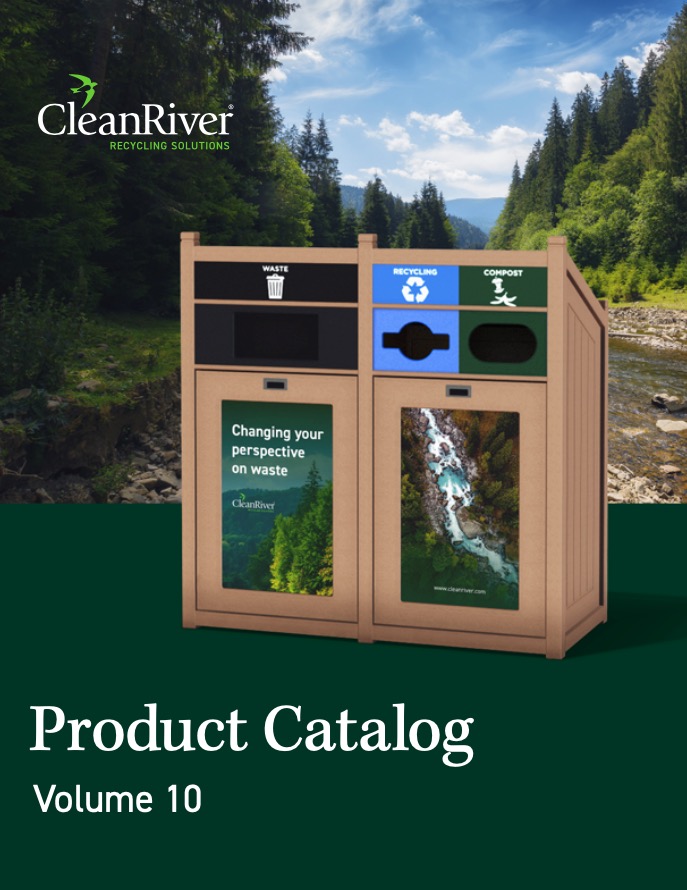Share
What does your company do with its unwanted or out-of-date electronics? As technology evolves and obsolete items need to be replaced, electronic waste collection is becoming an important part of recycling programs for businesses. E-waste is unwanted electronic items. Things that are commonly collected for recycling include cell phones, computers, printers, batteries, ink cartridges, cables and CDs.
If you don’t already have an electronics recycling program in place, it’s easy enough to start one. There are also new ways of improving what you may already be doing.To help ease the process, below are 4 tips for the safe recycling of electronics, along with answers to common questions about how to effectively implement an e-waste recycling program.
1. Make Sure Your Bins Are Configured For E-Waste
It all depends on what items you’re collecting. For example, batteries are very heavy so you need to keep the capacity of the collection stream fairly small.
Home Depot, a CleanRiver client, added battery collection to their outdoor recycling units, so we custom built a smaller stream inside their waste containers for batteries.


Restrictive openings can also be used to help people make the right choice when using the bin. Facebook offices have bins with the opening in the shape of a battery, and a smaller narrow slot for tablets and phones compared to a larger opening for general e-waste collection.If you can’t retrofit your current collection bins, you’ll have to buy new bins with e-waste signage. Although this is a large investment, it does pay off in the long run. Depending on how much e-waste you’re collecting, you may receive a financial rebate from the collection company that will help pay for the recycling equipment and fund your e-waste recycling program. You will also most likely save on your waste hauling bills from reduced tipping fees at landfills.
Most of CleanRiver’s recycling stations can be configured to accommodate e-waste, and we’ve recently developed the Ebin that collects multiple, low volume streams in a compact footprint. Most e-waste containers are lockable, with custom graphics, and custom openings to prevent theft of valuable items.

Check out our past blog How to Get A Recycling Grant: Turn Your Trash into Treasure for more information about how to get funding for your recycling program.
2. Designate A Disposal Area For Larger E-Waste Items
Some items are very large so you should designate a central collection area in your organization. At our CleanRiver offices, we have large gaylord bins available all year round so that people can dispose of their large e-waste items such as monitors or television screens.
3. Follow The 3C Process For A Successful E-Waste Recycling Program:
- Culture: Everyone needs to be onboard with the program, it needs to be driven from the top down. Encourage employees to bring e-waste in from home. This keeps e-waste out of the landfill, and also lets you generate income from the e-waste rebates.
- Communication: Let everyone know about your new program. Show them where the bins are and tell them your goals for the program. Make sure your e-waste bins are clearly marked and have the same look and feel as the rest of your recycling program.
- Collection: Either retrofit your current bins so that you can add an e-waste stream or purchase new bins that fit with your program. CleanRiver Transition® bins can be retrofitted to add or remove streams.
4. Find An E-Waste Hauler That Meets Your Disposal Needs
As with all recycling programs, regions across North America vary greatly in terms of what electronic items can be recycled. Find out if your waste hauler offers e-waste collection and, if so, how does that affect your contract. Reach out to local e-waste companies in your region as most will provide you with a rebate for your e-waste because it contains valuable materials within the electronic components.
For more information on implementing an effective recycling program, check out our past blogs How Many Different Bins Do I Need For My Recycling Program? and 5 Risks To Consider Before Starting A Recycling Program.
CleanRiver Recycling provides a variety of innovative, flexible and customizable recycling solutions. To determine the right solution to meet your needs, use the CleanRiver product selector.
If you have additional questions that weren’t answered in this blog post please call us at 1-888-646-4246 or email solutions@cleanriver.com.


